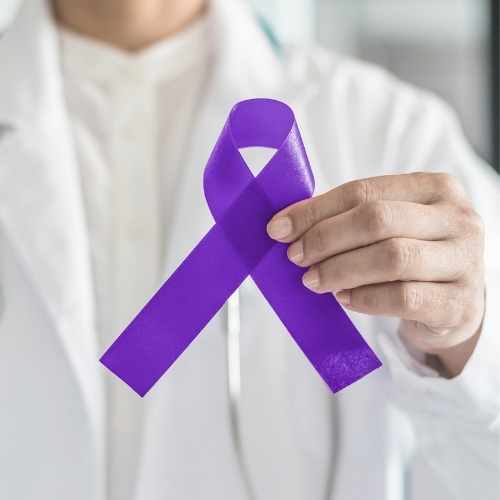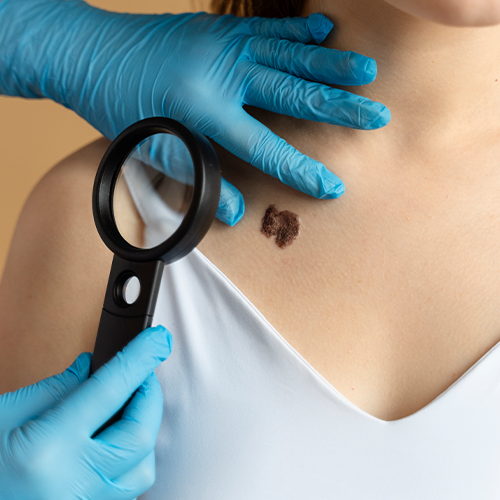What is Testicular Cancer?
What is Testicular Cancer? Testis Kanseri Nedir?
The testicles are an organ in the scrotum, which is a loose bag in the lower part of the penis in men. Its function is to produce male sex hormones and sperm for reproduction. Testicular cancer is the name given to the transformation of normal cells in the testicles into cancerous cells by losing their functions.
In this type of cancer, even if it spreads out of the testicles, the possibility of treatment is very high. Depending on the characteristics of testicular cancer, treatment that is decided can be applied in alone, as well as combined therapies are available.
What are testicular cancer signs and symptoms?
Symptoms of testicular cancer include a swelling or mass that may occur in one or both testicles, a feeling of heaviness in the scrotum, pain in the groin or abdomen, fluid accumulation in the scrotum, pain or discomfort in the testicles or scrotum, swelling or tenderness in the chest, pain in the back. In a minority of cases, it turns out that the cancer affects only one testicle. If you experience symptoms like this, you should consult a doctor. It is essential to consult a healthcare provider, especially if the symptoms have persisted for two or more years.
What are the causes of testicular cancer?
As with most types of cancer, the exact cause of the cancer is not certain. The general opinion is that the normal cells in the testis undergo changes and turn into cancerous cells. Mutations are seen as the trigger for this. With the abnormalities that arise in this way, cancerous cells multiply and grow uncontrollably. As a result, a mass is formed. In most cases, cancer begins in the germinal cells in the testicles that produce immature sperm.
What are testicular cancer risk factors?
Undescended testis (cryptorchidism)
The testicles form in the abdomen during embryonic development and sit in the scrotum before birth. An individual with an undescended testicle has a higher risk of developing testicular cancer. Even if it is surgically placed, this risk continues. This is not uncommon in cancer cases.
Abnormal testicular development
An abnormal development, such as in Klinefelter syndrome, can increase the risk of testicular cancer.
Family history
Having a family history of testicular cancer may increase the risk.
Age
It generally affects young men between the ages of 15 and 35. However, it can be seen at different ages.
How is testicular cancer diagnosed?
In some cases, the person may involuntarily detect a difference while performing a palpation. Your doctor may also notice it with a physical examination during a general checkup. If you have testicular cancer symptoms, you should consult a doctor. However, your doctor will ask you to perform some tests and imaging methods.
With ultrasound, imaging is done using sound waves. At this point, the testicles and scrotum are visualized. In this process, information about whether the masses are filled or not is obtained, and clues about the features are sought.
Blood tests
Blood tests are performed to detect the levels of markers in the blood that may indicate the presence of a tumor. These markers are substances that are in the normal state but whose levels can change in the presence of cancer. Comments can be made by looking at these items.
Testicular removal surgery (radical inguinal orchiectomy)
If the detected mass is found to be composed of cancerous cells, the testis can be removed. In this procedure, surgical operation is used. Some examinations can be made according to the testicle taken.
What are the types of testicular cancer?
Determining the characteristics and type of testicular cancer also determines the type of treatment to be applied in the later stages. In general, testicular cancer is examined in two types.
Seminoma tumors are generally less aggressive than non-seminomas. It can be seen in all age groups. An older male is more likely to have seminoma if the cancer develops. In non-seminoma cancer, on the other hand, there is development at early age. It tends to grow and spread rapidly.
What are testicular cancer treatment methods?
In order to determine the treatment options for testicular cancer, the general health status of the patient is first taken into account. However, the type and characteristics of the tumor are also the main determining factors in the treatment.
Surgical intervention
With a procedure called radical inguinal orchiectomy, the testicles can be surgically removed. In general, it is the primary treatment type, especially at early stage cancers. In other stages, surgery can be applied in combination with other types of treatment. The testis can be removed with an incision made in the inguinal region. If the cancerous cells have spread to the lymph node, the removal of the nodes is called retroperitoneal lymph node dissection. In this way, a nodule is removed from an incision made in the abdomen. Blood values should be examined without interrupting postoperative controls.
Radiation therapy
The chemotherapy or radiotherapy option of the patient after surgery depends on whether the tumor is seminamatous or non-seminamatous. In seminamatous tumors, after the surgery applied to the testis, radiotherapy or chemotherapy is given to the lymph nodes where the disease is likely to spread. Since radiotherapy is a local treatment, it only works where it is, whereas chemotherapy can cause widespread side effects because it spreads throughout the body. In tumors non-seminamatous, chemotherapy is usually at the forefront.
Side effects of radiotherapy may include fatigue, skin rash and nausea. In some cases, it can reduce sperm count as well as have serious effects on fertility. At this point, you may need to consider sperm preservation options with your doctor.
Side effects of chemotherapy may occur such as fatigue, nausea, hair loss. In some cases, infertility, which can become permanent, may also occur as a side effect. At this point, detailed analysis is essential.








